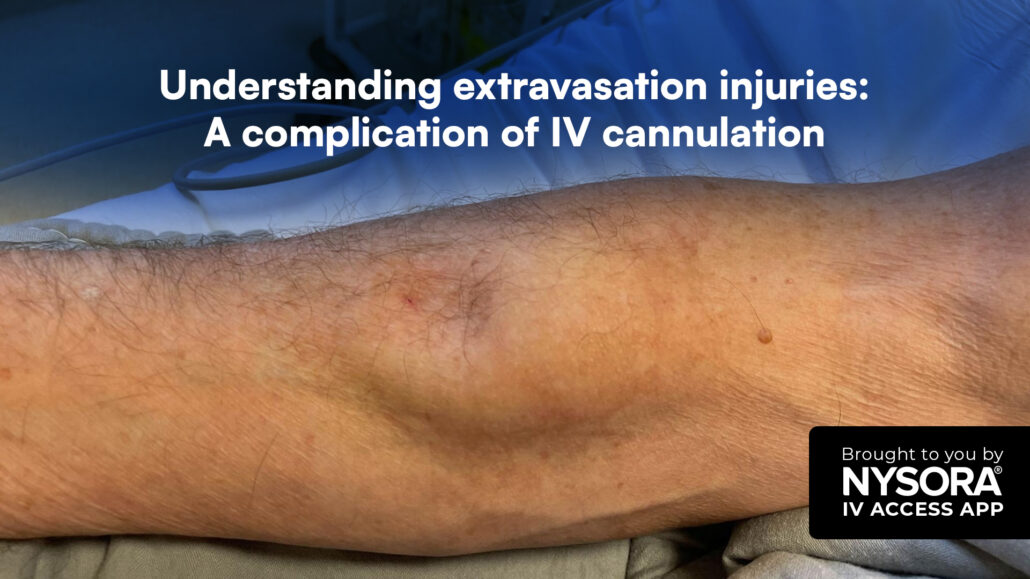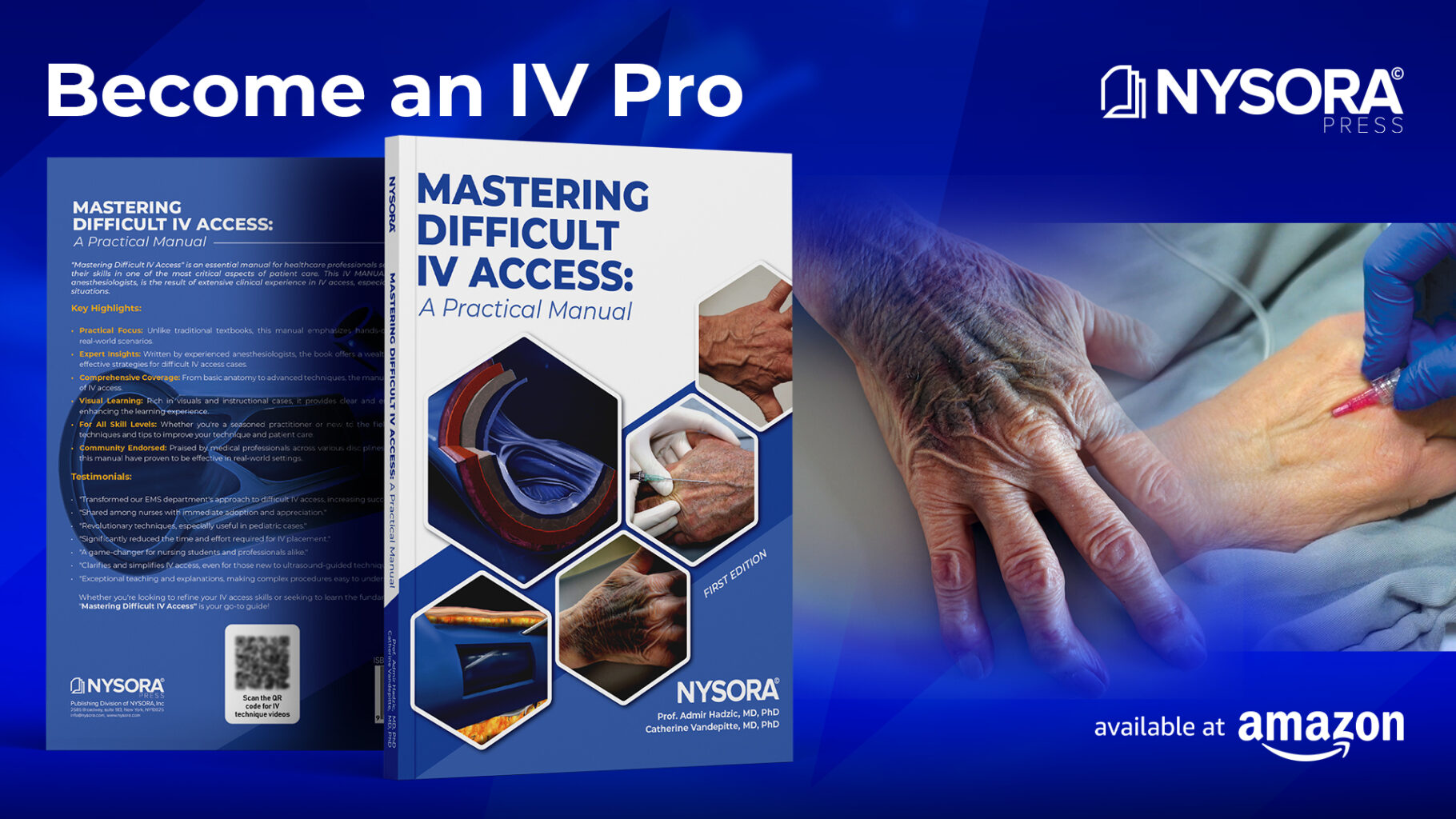
Understanding extravasation injuries: A complication of IV cannulation
While generally safe, IV cannulation can occasionally lead to complications such as extravasation injuries, which occur when a drug or fluid unintentionally leaks into the surrounding tissue instead of the vein. This can cause severe damage, including tissue necrosis and, in extreme cases, may necessitate amputation.
What is Extravasation?
Extravasation refers to the unintentional injection or leakage of IV fluids or medications into the perivascular or subcutaneous space rather than into the intended vein. This leakage can result from several factors, including:
- Solution cytotoxicity: The potential of the fluid or drug to damage cells.
- Osmolality: The concentration of solutes in the solution.
- Vasoconstrictor properties: Drugs that constrict blood vessels.
- Infusion pressure: High pressure during infusion can lead to leakage.
- Regional anatomical peculiarities: Certain body areas may be more prone to extravasation.
These factors can result in significant tissue damage, leading to severe complications such as necrosis and, in rare cases, amputation of the affected limb.
Risk Factors for Extravasation Injuries
Extravasation injuries can occur due to several risk factors:
- Pre-existing cutaneous, vascular, or lymphatic pathophysiology: Patients with these conditions are more vulnerable.
- Fragile or mobile veins: Elderly patients and children often have delicate veins, increasing the risk.
- Injection site: The location of the IV can impact the likelihood of extravasation.
- Toxicity of the drug: Some medications have higher vesicant properties, making them more likely to cause tissue damage.
- Amount of agent extravasated: Larger volumes increase the risk of injury.
- Duration of tissue exposure: Prolonged exposure can worsen the extent of injury.
- Decreased vigilance: Lack of careful monitoring by healthcare providers or patients can lead to unnoticed extravasation.
Categories of Agents Causing Extravasation Injuries
Extravasation injuries are categorized based on the type of agent involved:
- Hyperosmolar Agents: Solutions with high osmolarity can cause fluid shifts and cell damage.
- Examples: Calcium chloride, glucose > 10%, magnesium sulfate 20%, mannitol 10% and 20%, parenteral nutrition, potassium chloride, sodium bicarbonate, sodium chloride > 0.9%, X-ray contrast media.
- Acids/Alkalis: These can cause severe chemical burns and tissue damage.
- Examples: Aminophylline, amiodarone, amphotericin, co-trimoxazole, diazepam, erythromycin, phenytoin, thiopental, vancomycin.
- Vascular Regulators: These agents impact blood vessel function and can lead to localized tissue damage.
- Examples: Epinephrine, dobutamine, dopamine, metaraminol, norepinephrine, prostaglandin, vasopressin.
Differential Diagnosis of Extravasation Injuries
Not all discomfort at the site of IV cannulation is due to extravasation. Other possibilities include:
- Pain or discomfort on injection: Caused by drugs like propofol, ondansetron, rocuronium, and cyclizine.
- Venous spasms: These may result in localized skin blanching and discomfort.
Recognizing Warning Signs of Extravasation
It is crucial to detect extravasation early to prevent serious complications. Common signs and symptoms include:
- Swelling and pain at the infusion site.
- Redness and a burning or stinging sensation.
- Blistering and, in severe cases, tissue necrosis.
Managing Extravasation Injuries
Immediate action is necessary to minimize tissue damage in cases of extravasation:
- Stop the infusion immediately.
- Aspirate any remaining fluid from the IV site without removing the cannula.
- Elevate the affected limb to reduce swelling.
- Apply warm or cold compresses based on the type of drug extravasated.
- Administer appropriate antidotes, such as phentolamine or topical nitroglycerin, as indicated.
- Consider additional interventions like sympathetic nerve blocks, saline washout, or liposuction for severe cases.
- Consult a plastic surgeon if the injury is extensive and requires surgical intervention.
Preventing Extravasation Injuries
Prevention is key to avoiding the complications associated with extravasation. Here are steps to reduce risk:
- Choose the appropriate IV site: Avoid IVs in the hand or wrist; the forearm is considered safer.
- Careful insertion of peripheral venous catheters: Ensure proper placement to avoid vein perforation.
- Flush catheters with sterile saline regularly to maintain patency.
- Apply a secure dressing to prevent movement of the catheter.
- Inspect the catheterization site regularly for any signs of extravasation.
- Regulate the delivery of intravenous fluids from continuous infusion pumps to avoid high pressures.
- Use central venous lines for hyperosmolar fluids, acidic or alkaline solutions, or infusates with irritant or vesicant properties.
- Prepare antidotes and necessary worksheets in advance to ensure prompt action if extravasation occurs.
- For high-risk drugs, consider using a central line or peripherally inserted central catheter (PICC) line.
Conclusion
Extravasation injuries are a serious complication of IV cannulation that can result in significant patient harm. Awareness of risk factors, early recognition, prompt management, and effective prevention strategies are crucial for healthcare providers to minimize the risks associated with this condition. Consistent vigilance, proper technique, and thorough patient monitoring are the best defenses against the devastating outcomes of extravasation injuries.
Explore many resources, including easy-to-follow algorithms, expert tips, and clinical videos, on NYSORA’s IV Access App! It’s perfect for healthcare professionals at any level. Download today and start improving your IV catheterization techniques! All this valuable content is also available in NYSORA’s comprehensive IV manual on Amazon.






